Things you must know about Iran marble
Marble
Marble stones are carbonates which were recrystallized under pressure and heat conditions in metamorphic period and are mainly made from calcite and dolomite minerals or from both of them.
The main difference between travertine and marble is that travertine has a porous surface while marble’s surface has very low levels of pores and veins.
The creation of Marble
Marbles are metamorphic stones that are created by the recrystallization of limestones under heat and pressure conditions over a period of time. The creation is a big, rough, veiny and large sized calcite.
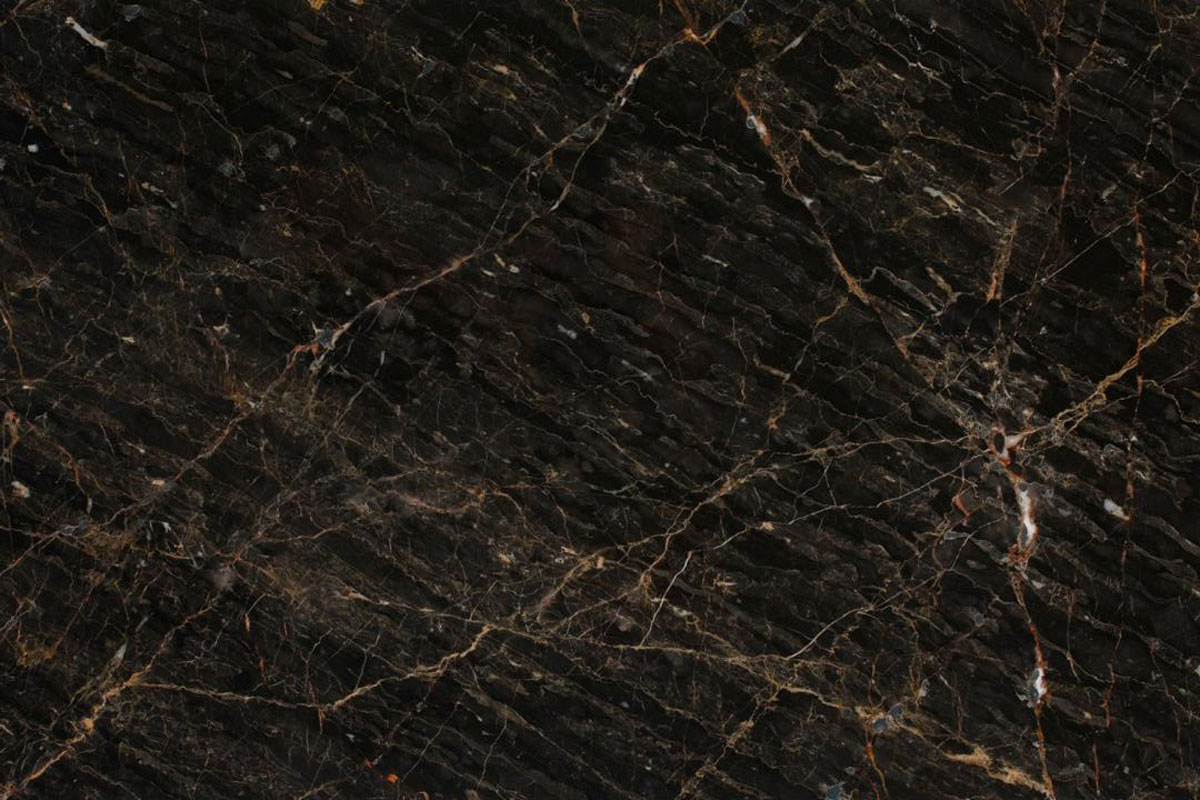
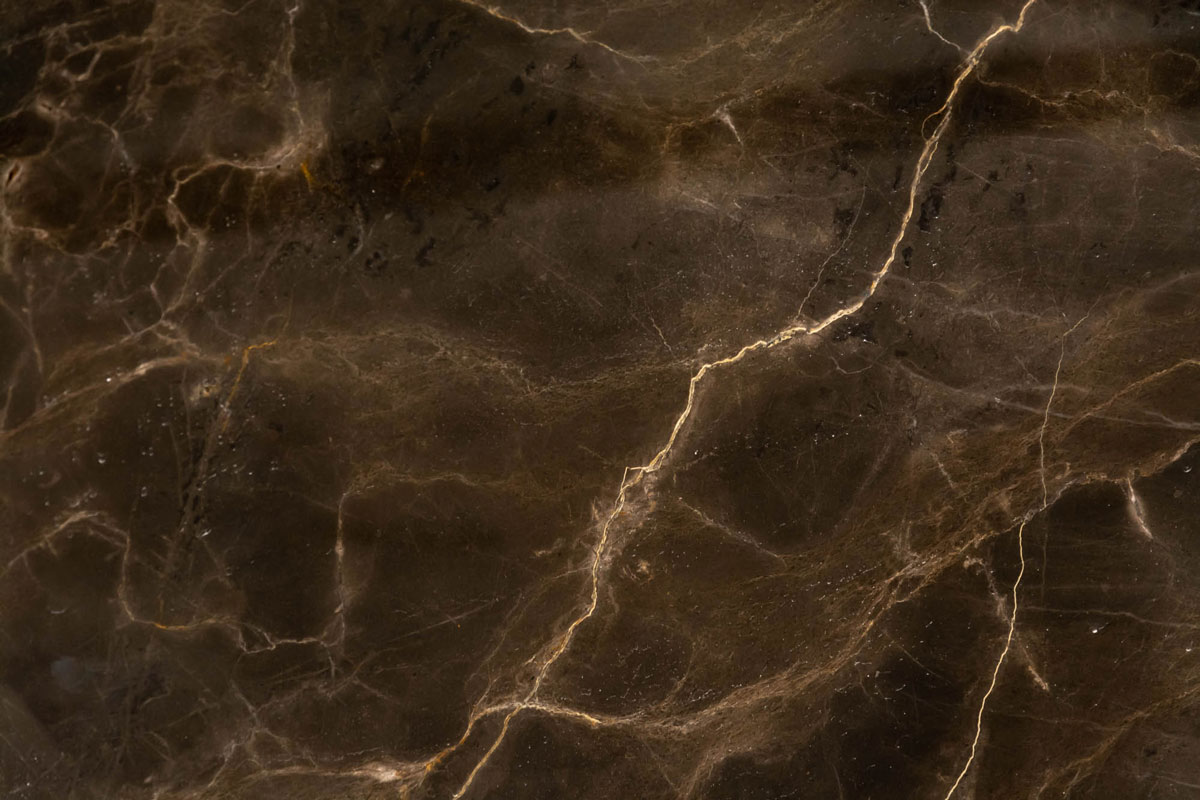
Marble Mines
Lots of mines are explored and are under operation in Iran. There are also certainly lots of marble mines that are not discovered and thus not exploited yet.
Marble stones found in Iran have a wide color range and are of various processing. Overall, there are 652 marble mines in Iran and Isfahan province alone has 163 mines. Fars with 76, Khorasan Razavi with 67 and Kurdistan with 51 are the next provinces in the ranking of marble mines. The highest quality marble is produced in Fars province and most of the raw stones produced in this province are exported to other countries for further processing.
Colors and Patterns of marble
This stone has chains called stylolite that is similar to electrocardiogram and it is observed in the stone structure. Pure marble has bright colors and it is shiny. The color of marble ranges from light grey to black and the color is created by carbon materials. The green color is created by chlorite and other silicates. The pink and red color is caused by manganese carbonate, yellow and cream color by limonite.
Marble Stone Applications
Being primarily calcareous marble has high water absorption. Therefore; they are not suitable for wet places or areas with very high levels of humidity. They are not appropriate for use in kitchens, baths or WC. Marble is not capable of withstanding rain or extreme temperature unlike granite and travertine.
Generally speaking, marble is not the most appropriate stone for outer spaces where it will have to face sunlight or harsh weather conditions. Yet if marble is to be used for outer spaces it would be much better to use unpolished, thick stones as thickness can help it endure in such environments.
Marble is most suitable for inner spaces; it is one of the most popular floor coverings in the world. It is available in a wide range of colors and can be polished well. Marbles ability to withstand harsh conditions can be considerably improved by shining UV light on its surface or covering it with special mastics.
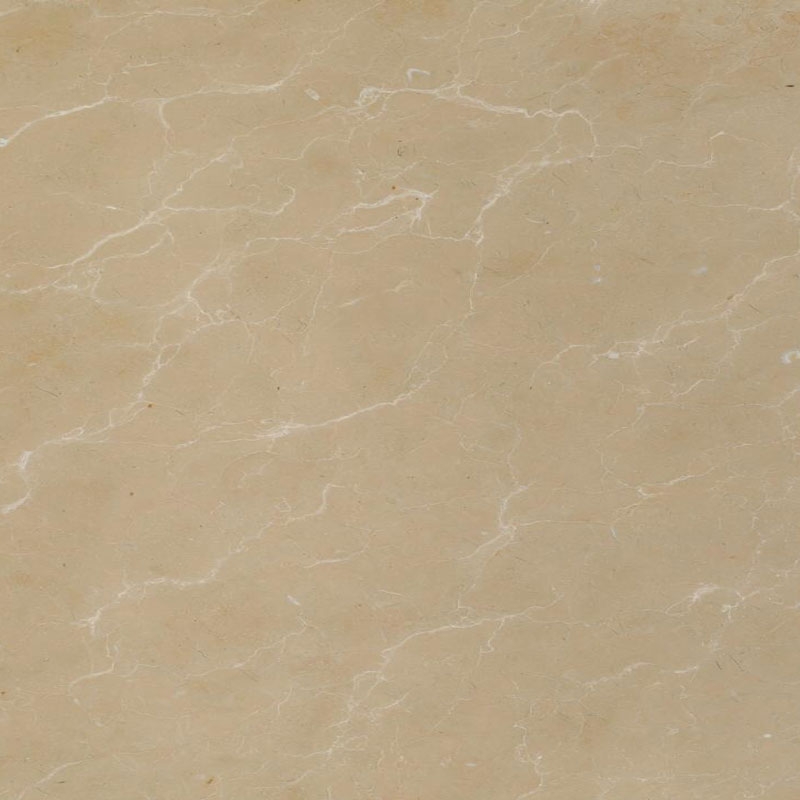
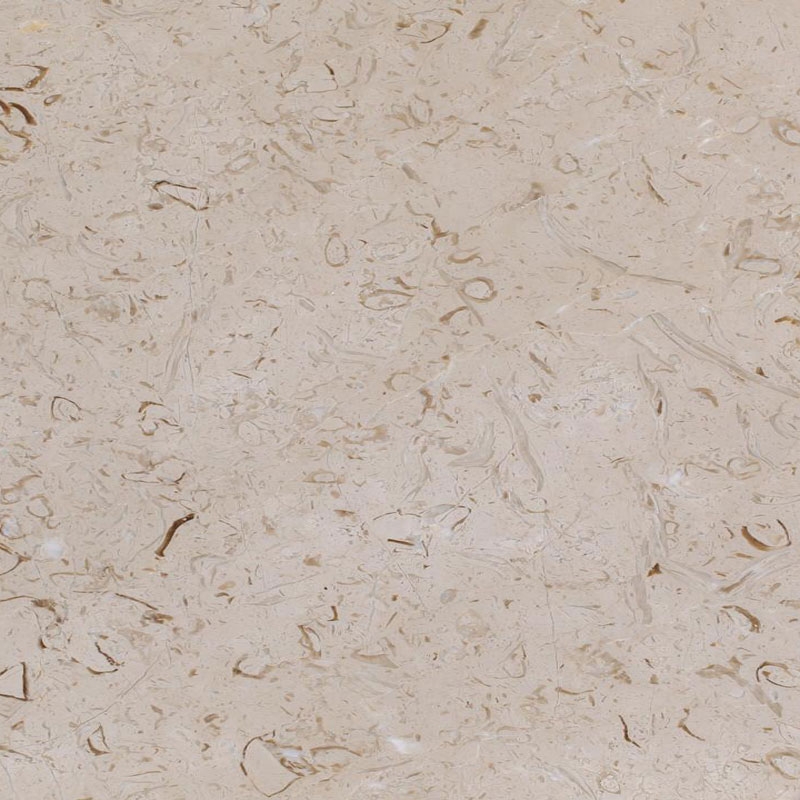

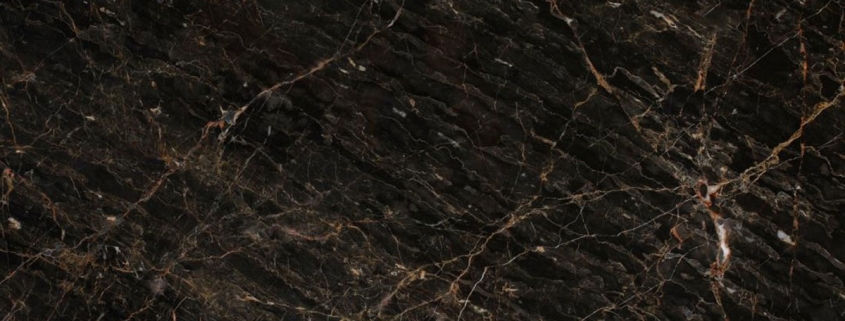
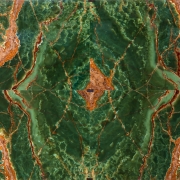
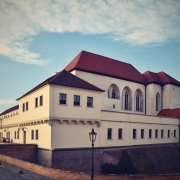






Leave a Reply
Want to join the discussion?Feel free to contribute!